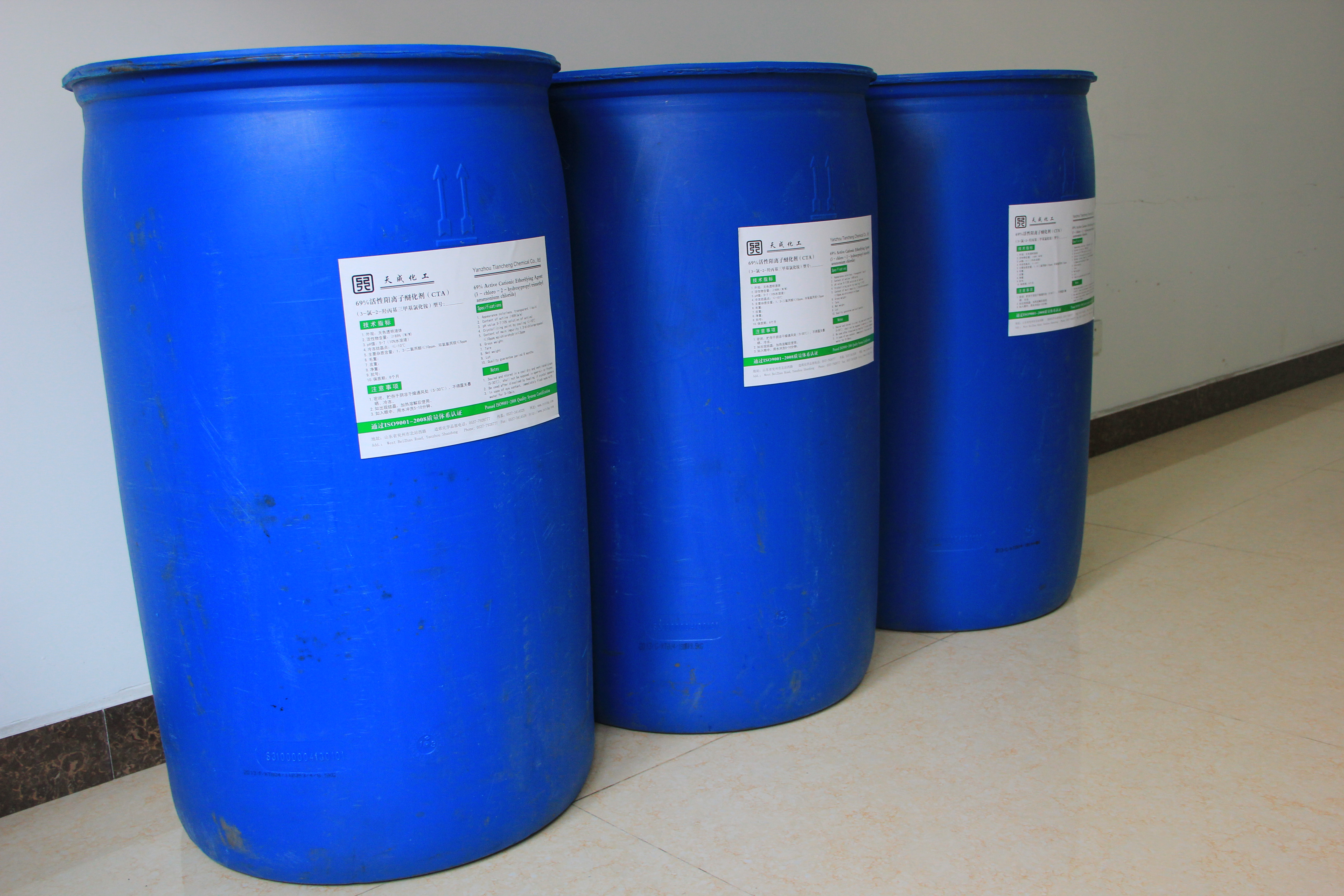Overwintering fish ponds
1. Keep a certain amount of phytoplankton in the pool of aerobic and hydroponic overwintering species of plants, and keep the light on the ice. This will help the plants to increase the dissolved oxygen in the pond through photosynthesis. For overwintering pools where the water quality is thin, 1.5 kg of urea and 2 kg of superphosphate should be applied per mu in the initial period of ice-blocking to promote the reproduction of hi-light and low-temperature flagella. ?
2. After the ice-breaking and oxygen-enriched fish ponds are frozen, in order to increase the amount of dissolved oxygen in the water, the ice caves will be smashed once a day in the morning and evening, and the area of ​​ice caves per acre of fish ponds will be 5-6 square meters. Pull out the ice cubes in time. ?
III. When flushing new water with oxygen-enriched fish ponds, the time should be as short as possible and the amount of water should be as small as possible. Note that the temperature difference between the new water and the pool water should not exceed 4°C to prevent the pond fish from catching a cold. ?
Fourth, the circulating water increases the oxygen, and the overwintering fish pond pool water will be pumped out and then sprayed back. This method can not only increase the oxygen in the pool water, but also discharge the harmful gas in the pond. However, care must be taken not to set off sludge on the bottom of the tank when pumping water. ?
V. Aeration and aeration The low pressure blower, air compressor, etc. directly inflate and aerate the pool water. ?
Sixth, strengthen the oxygen aerator or take oxygenation measures to strengthen the oxygen pool. ?
VII. Putting regular doses of medicines into the pond regularly put quick lime and bleaching powder to increase the dissolved oxygen in the pool water and play a role in water purification. ?
VIII. Remove snow from the pond's ice in a timely manner to remove snow and snow, so that sunlight can reach the fish ponds, and ensure that the green plants in the fish ponds normally perform photosynthesis and release oxygen. ?
9. Chemical Oxygenation The use of chemical oxygenation agents such as ammonium bisulfite, calcium peroxide, and hydrogen peroxide to increase the dissolved oxygen in water is a rapid and highly efficient oxygenation method. However, the chemical oxygenation agent has a high cost and is generally used when rescuing fish floating heads.
Defoamer (defoaming Agent)
|
Feature |
|
l Can inhibit the foam forming l Excellent defoaming property quickly l Stable and no separated layer in water based system l Good compatibility with water based resin and no floating oil phenomenon
|
|
Application and dosage: |
|
l Water based wood paint/coating l Water based industrial paint/coating l Water based automotive trim adhesive l Emulsion paint/coating l Water based coating etc. Remark: Dilute the WC-DF505 by 3~5 times with water and add it into water based system.
|
|
Chemical composition: |
|
l Modified polydimethylsiloxane polymer
|
|
Technical data: |
|
l Appearance: Yellowish liquid l pH (25℃): 6~7 l Active ingredient: ~30% l Viscosity (25℃): 500-1000 Cp |
|
|
|
Package, Storage and Transportation |
|
l Available in 200 kg/ barrel or 25 kg/ barrel l Storage period: ~12 months in closed containers, shady and dry place
|

Defoamer Agent,Fatty Alcohol Defoamer,Polyether Defoamer,Organosilicone Defoamer
Shandong Tiancheng Chemical Co., Ltd. , https://www.tianchengchemical.com